Time 3:30pm Type Fire Sentence 99 years in prison Cause Arson Location San Juan | Venue Hotel Dupont Plaza Non-fatal injuries 140 Date 31 December 1986 Total number of deaths 98 Injuries 140 | |
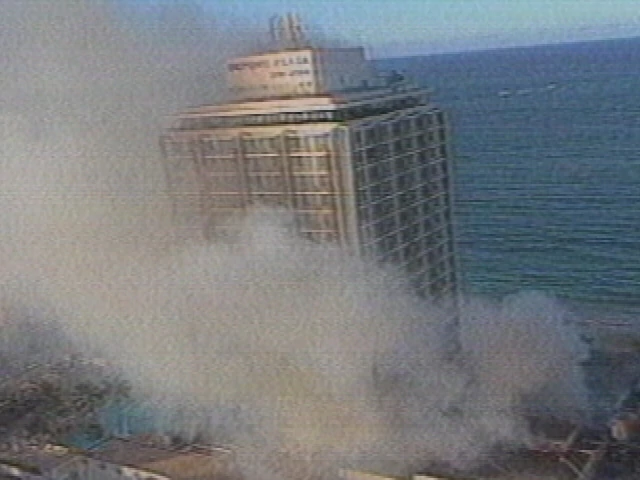 | ||
Convicted 3 convictions: Hector Aponte, Armando Jimenez, and José Rivera were charged with and convicted for the arson. Similar MGM Grand fire, Hotel Roosevelt fire, Gulf Hotel fire, Knights of Columbus Hostel fire, Childers Palace Backpack | ||
The Dupont Plaza Hotel arson was a fire that occurred at the "Hotel Dupont Plaza" (now San Juan Marriott Resort & Stellaris Casino) in San Juan, Puerto Rico on New Year's Eve, December 31, 1986.
Contents
- Dupont plaza hotel arson puerto rico
- Hotel history
- Background
- Disaster
- Casualties
- Investigation
- Lawsuits
- Legacy
- References
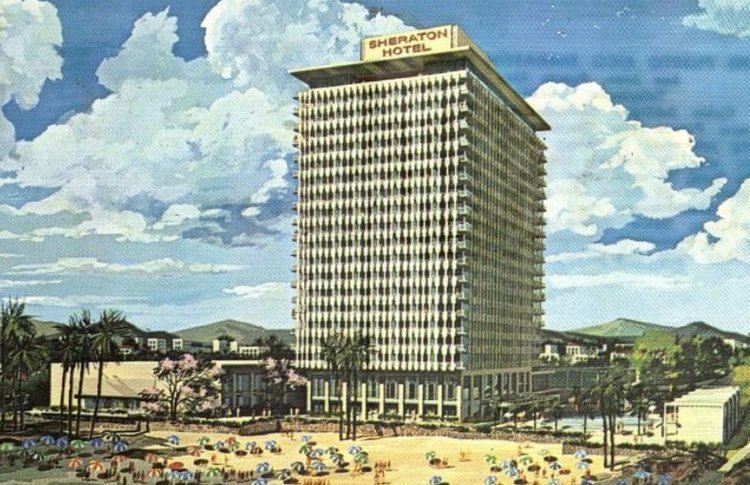
The fire was set by three disgruntled employees of the hotel who were involved in a labor dispute with the owners. The fire claimed between 96 and 98 lives and caused 140 injuries. It is the most catastrophic hotel fire in Puerto Rican history and the second deadliest in the history of the United States.
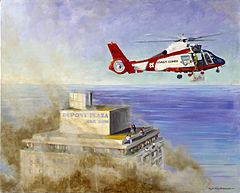
Dupont plaza hotel arson puerto rico
Hotel history
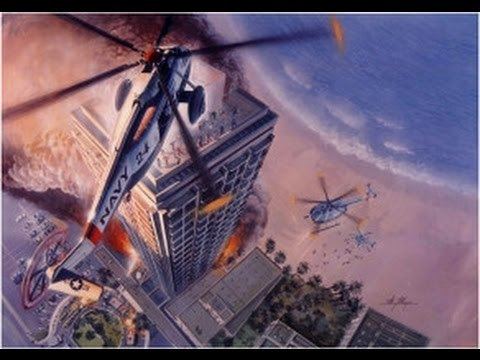
The Dupont Plaza opened in 1963 as the Puerto Rico-Sheraton and was operated by the Sheraton hotel company until 1980, just before Sheraton imposed significant fire-safety measures in its hotels throughout the world. Before national fire safety requirements were enacted in 1990, most hotels had implemented fire safety measures based on local regulations and ordinances, which in some localities were lax, despite frequent fires and fire-related deaths at hotels. In June 1985, the Dupont Plaza was inspected by the local fire department and was found to have deficiencies in its safety systems, including malfunctioning equipment and lack of evacuation and emergency plans. The fire sprinkler system, which was not criticized in the fire department's report, was not automated, as it was in 95% of hotels across the U.S. at that time. In 1985, there were 7,500 reported fires in hotels and motels across the U.S., with 85 deaths and $56 million in damages ($125 million in present-day terms).
Background

The employees of the hotel were in the middle of a labor dispute with hotel management; negotiations between the hotel and the employees' union, Local 901 of the International Brotherhood of Teamsters, had begun in October 1986. The union represented 250 out of the hotel's 450 total employees. One of the main issues causing the dispute was an alleged management plan to terminate 60 union members from employment and replace them with non-union employees. In the week the fire took place, there had been three smaller fires at the hotel: one in a linen closet, one in a pile of cardboard boxes, and another in a roll of carpeting. Management had then added thirty more security guards. Tension between management and employees had become so great that desk clerks, taxi drivers, and local food stand employees were advising tourists to stay away from the hotel and its casino. One week after the fire, the Governor of Puerto Rico, Rafael Hernández Colón, stated that, according to preliminary reports, in the days before the fire "information was going around that something was going to happen".
Disaster
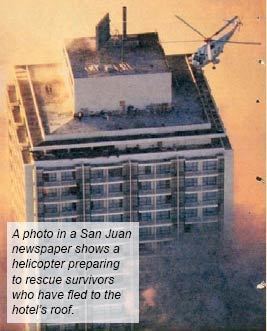
The employees' union called a meeting in the hotel's ballroom for the afternoon of December 31, 1986. At the conclusion of the meeting, around 3:00 pm, the 125 members present voted to go on strike starting at midnight. At the time, the hotel was estimated to be at near-peak occupancy, with 900 to 1,000 guests.
Three union members—Héctor Escudero Aponte, José Rivera López, and Arnaldo Jiménez Rivera—planned to set several fires with the intention of scaring tourists who wanted to stay at the hotel. At around 3:30 pm, they placed opened cans of a flammable liquid used in chafing dishes in a storage room filled with newly purchased furniture, adjacent to the ballroom on the ground floor of the hotel. While some of the labor organizers created a distraction by staging a fight just outside the doors to the ballroom, three men set the fuel alight. The fire ignited the furniture and quickly burned out of control, growing to massive proportions and flashing over.
After flashing over in the ballroom (which witnesses confused with an explosion), the super-heated gases swept up the grand staircase into the lobby of the hotel. From there, the fire was drawn through the open doors of the casino by the smoke-eaters (devices in the ceiling that sucked the smoke from cigarettes out of the room) present throughout the casino. With more than 150 guests estimated to be in the casino when the fire broke out, most of the deaths occurred in that area. Several months before the fire, hotel management had had the emergency exit doors locked to prevent theft, and the only other way out was through a pair of inward-opening doors. Some people pressed against the doors to no avail. Others leaped from the second-story casino through plate-glass windows to the pool deck below; many were injured. Others died of smoke inhalation on upper floors of the casino. Still others were killed as they rode the elevators to the lobby, only to discover their path blocked by the fire when the doors opened. Those who were able to do so climbed to the hotel's roof, where an improvised helicopter rescue, including civilian, Commonwealth Police, Puerto Rico National Guard, U.S. Coast Guard, and U.S. Navy helicopters from the Roosevelt Roads Naval Air Station, transported people to safety.
The Puerto Rico Fire Department was dispatched at around 3:40 pm and 13 firetrucks, 100 firefighters, and 35 ambulances responded. Firefighters extinguished the flames three hours later, although black smoke continued through the night.
Casualties
The total number of deaths from the fire was at least 96, mostly by burns, and 140 people were injured; some sources give a death toll of 97 or 98. Most of the victims were burned beyond recognition and their belongings destroyed, with only a small percentage of readily identifiable bodies. 84 bodies were found in the casino, 5 in the lobby, 3 in an elevator, and 2 at a pool-side bar outside the hotel.
Investigation
An investigation by the U.S. Occupational Safety and Health Administration revealed 25 safety violations, including a lack of emergency exit doors in the casino area leading to the deaths of 84 trapped guests.
FBI San Juan personnel worked closely with the Bureau of Alcohol, Tobacco, Firearms and Explosives (ATF) to identify suspects and build cases against them. The union representing the hotel employees denied that it or any of its members had been involved in starting the fire, and offered a $15,000 reward for information that would help the investigation. On April 25, 1987, union members Hector Escudero Aponte, 35; Armando Jimenez Rivera, 29; and Jose Francisco Rivera Lopez, 40, pleaded guilty to setting the New Year's Eve fire. They were subsequently convicted of murder and were sentenced to 99 years in prison. As of January 2017, only Escudero Aponte is still in prison. Jimenez Rivera and Rivera Lopez were released from federal prison in 2001 and 2002, respectively.
According to confessions obtained by the government from two hotel employees, Escudero Aponte admitted setting the fire and Rivera Lopez admitted providing him with the Sterno used as an accelerant. Escudero Aponte told the government that Rivera Lopez had suggested setting a fire that day to pressure management to give in to union demands. Other witnesses told investigators that Rivera Lopez had made statements before the fire broke out that suggested that there should or could be a fire at the hotel that day, or that he had urged hotel employees to make a "curtain" to shield him from view as he started the fire.
Eventually, all three defendants pled guilty. Rivera Lopez admitted that he had urged Escudero Aponte to set the fire and had made statements to the effect that a fire should be set, but did not admit any involvement in shielding him from view as he lit the sterno. In its plea agreements with Rivera Lopez and Jimenez Rivera, the government agreed to recommend sentences of 25 and 24 years, respectively. At the plea hearing, the government made the promised recommendations, but the court federal judge, José A. Fusté, sentenced Rivera Lopez to 99 years in prison and Jimenez Rivera to 75 years.
Lawsuits
United States law firms whose past liability cases included the MGM Grand Hotel fire in Las Vegas and a Stouffer’s Hotel fire in New York State sent attorneys to represent fire victims. 2,300 plaintiffs ultimately filed 264 separate lawsuits against 230 defendants, seeking a total of $1.8 billion in damages. These were consolidated in the United States District Court for the District of Puerto Rico in San Juan. The Court of Appeals for the First Circuit referred to the consolidated lawsuit as a "litigatory monster".
Raymond Acosta, assigned as trial judge for the claims, divided the trial into phases, for which representative plaintiffs were selected. The first phase, against the so-called DuPont-Family defendants, who included the corporation that owned the hotel and some 40 limited partnerships, corporations, and individuals who the plaintiffs claimed controlled the hotel, went to trial on March 15, 1989. This phase was settled on May 11, 1989 for between $85 million and $100 million.
The second phase, against 107 defendants consisting of suppliers and other product liability parties, went to trial about 45 days later. After nine months of trial, the Court directed verdicts of no liability in favor of three defendants: Johnson Controls, Inc., represented by Chicago’s Arnstein & Lehr, LLP; Barber Colman, Inc., represented by Boston’s Cooley, Manion, Moore & Jones; and Quantum Chemical, represented by Louisville, Kentucky’s Brown, Todd & Heyburn. A number of the other defendants had settled and trial resumed against 36 remaining defendants on May 14, 1990.
After 15 months of trial, the jury reached its verdict following one week of deliberations. Of the 10 remaining defendants the jury found five not liable. In all, payments for the deaths and injuries totaled more than $210 million and court records show that the case involved more than 1,000,000 documents.
Legacy
The Dupont Plaza Hotel fire and other fires of the era gave rise to several amendments to security policies in hotels around the world. One of the biggest problems at the time was the lack of standard fire safety requirements. The hotel included an unsprinklered 17-story tower that housed 423 guest rooms. The fire alarm system in the tower was not working, and many guests were not aware of the fire until they saw or smelled it, heard someone shouting "Fire", or heard firefighters responding. In 1987, there were four major fire codes across the United States with over 1,800 variations because of local codes and ordinances, with one code having significant fire protection requirements, and another having nothing.
On September 25, 1990, three years after the disaster, the United States enacted the Hotel and Motel Fire Safety Act of 1990, requiring all hotels and other public accommodations wanting to accommodate federal workers or hold federally funded activities to have smoke detectors in all guest rooms and to have working sprinkler systems if the building had more than three stories. U.S. Representative Sherwood L. Boehlert stated that the law was one of the first times the U.S government took "direct action to protect the public at large from the danger of fire". The United States Fire Administration has credited the Dupont Plaza fire along with the MGM Grand fire in 1980 as the catalysts for the safety requirements being signed into law.
The Dupont Plaza reopened in 1994 as the San Juan Marriott Resort & Stellaris Casino after a massive overhaul effort.
